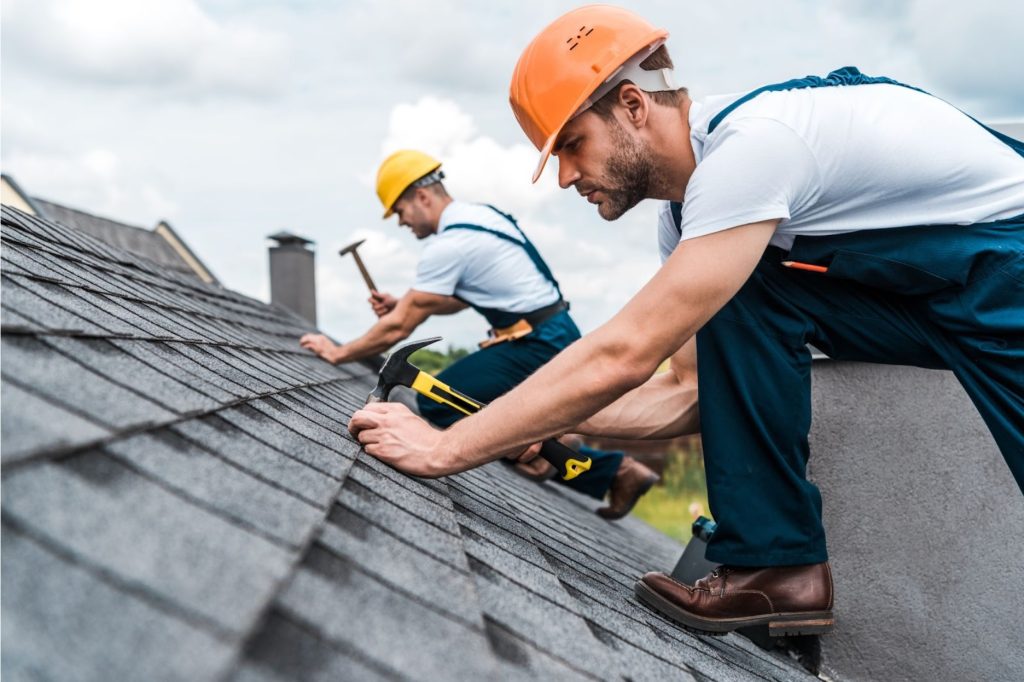When selecting roofing materials for extreme weather conditions and long-lasting performance, durability, resilience, and adaptability are paramount. Homes located in regions prone to harsh climates such as intense heat, heavy rainfall, snow, hail, or high winds require roofing solutions that can withstand these environmental stressors while maintaining structural integrity over time. Traditional asphalt shingles, while affordable and widely used, often fall short in extreme conditions, prompting many homeowners and builders to explore more robust alternatives. Metal roofing, for instance, has emerged as a popular choice due to its impressive durability, fire resistance, and ability to shed snow and ice efficiently. It resists cracking and warping and modern coatings help reflect solar radiation, enhancing energy efficiency in hot climates. Standing seam metal roofs, in particular, offer tight seals that prevent water intrusion and can last 40 to 70 years with minimal maintenance. Another premium option for extreme weather conditions is slate roofing. Made from natural stone, slate is incredibly durable, fireproof, and resistant to mold and frost damage.

It performs exceptionally well in areas with heavy snowfall or frequent freeze-thaw cycles, and its dense composition offers excellent insulation properties. Although the initial installation cost is high, slate roofs can last over a century, making them a sustainable long-term investment. Similarly, clay and concrete tiles offer excellent longevity and resilience in hot, dry climates. Their thermal mass helps regulate indoor temperatures, and they are naturally resistant to fire and insect damage. These materials are heavy; however, Roofing Material requiring reinforced roofing structures and professional installation, but their performance in arid and Mediterranean environments makes them a worthy consideration. For areas frequently affected by hurricanes or tornadoes, synthetic roofing materials designed to mimic the look of wood, slate, or tile while offering enhanced impact and wind resistance are gaining traction. Products like synthetic slate or rubber composite shingles are engineered to be lighter and more flexible than their natural counterparts, reducing the risk of breakage and uplift during storms.
These materials often carry high impact ratings and wind resistance certifications, making them a smart choice for storm-prone regions. Additionally, green roofing systems and solar shingles are emerging as environmentally conscious options that combine weather resistance with energy efficiency. Green roofs, which consist of a vegetative layer grown on a waterproof membrane, provide natural insulation and water management benefits, although they require significant structural support and maintenance. In cold climates, materials that prevent ice dam formation and promote snow shedding are essential. Metal roofs again perform well in these settings, as do architectural shingles with proper underlayment systems that include ice and water shields. Ventilation and insulation also play a crucial role in ensuring roofing systems function effectively under extreme thermal conditions. Ultimately, the best roofing material for a given location balances performance, aesthetics, cost, and environmental impact. Homeowners should consult with local roofing professionals to assess specific needs and compliance with regional building codes, ensuring that their investment offers both immediate protection and long-term value.